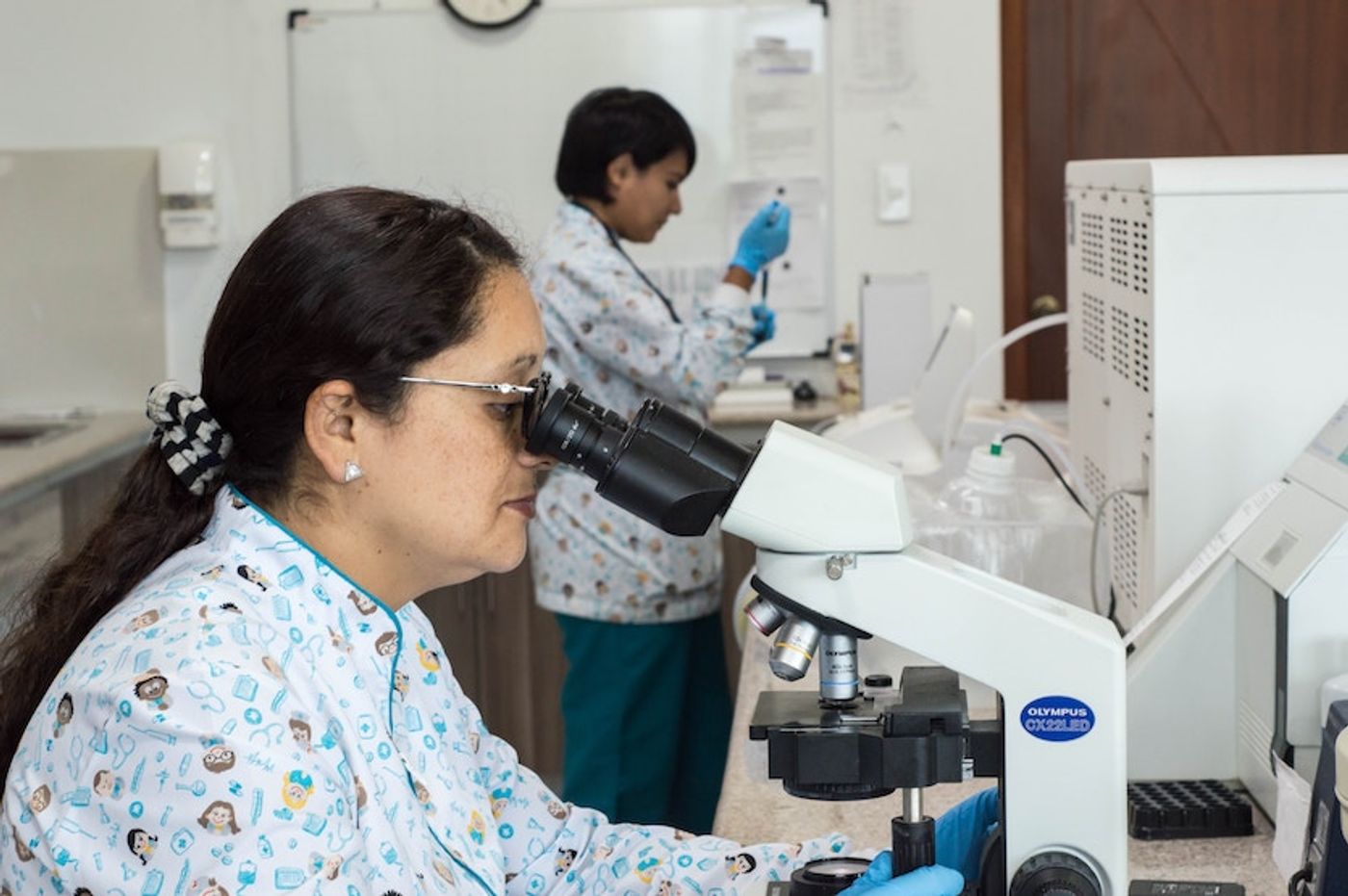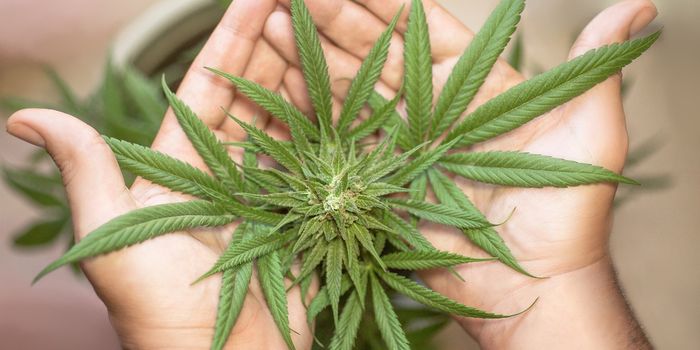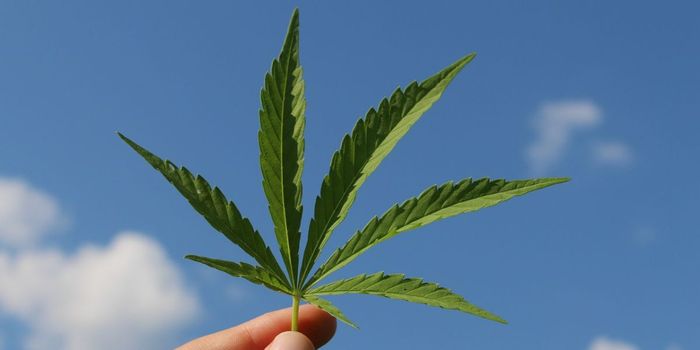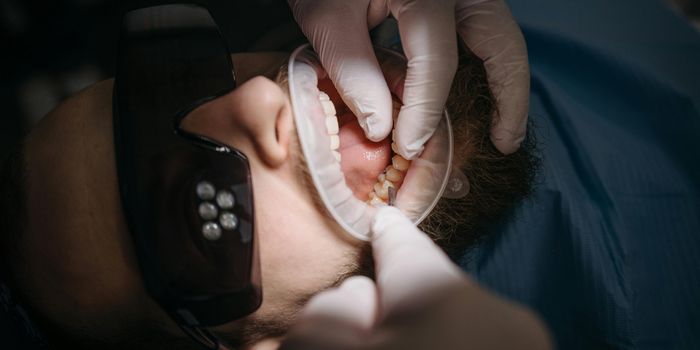With the surge in public interest in marijuana, especially with methods of ocnsumption like the Delta-8 carts, due to state-by-state marijuana legislature reform have come two new chemical substances that have entered popular discourse: delta-tetrahydrocannabinol (THC) and cannabidiol (CBD). THC is most notably responsible for the euphoric "high" that comes from smoking (or otherwise ingesting) the marijuana plant. THC has also been claimed to have mental health benefits (although this remains controversial). CBD, especially sold in oils that can be vaporized or sublingually ingested as tinctures, is claimed to have a multitude of health benefits, from alleviating chronic pain to anti-inflammatory effects all the way to treating cancer and multiple sclerosis. However, the cannabis plant has over 100 phytocannabinoids whose therapeutic value has yet to be studied. Herein lies a brief summary of what we do know about these other compounds and how scientists are studying them.
Photo Source: unsplash.com
Scientists have come up with a classification system for chemically distinct phytocannabinoids. As of 2016, there are 11 subclasses: (1) cannabigerol (CBG); (2) (-)-Δ9-trans-tetrahydrocannabinol (THC); (3) cannabidiol (CBD); (4) cannabichromene (CBC); (5) cannabinol (CBN); (6) (-)-Δ8-trans-tetrahydrocannabinol (Δ8-THC); (7) cannabicyclol (CBL); (8) cannabinodiol (CBND); (9) cannabielsoin (CBE); (10) cannabitriol (CBT); and (11) miscellaneous types. For the structural chemists amongst you, these are known as isoprenylated resorcinyl polyketides. What is interesting is that the field of cannabis research has commonly characterized separate phytocannabinoids based on their pharmacological profile. An example of this is the association between THC and the endocannabinoid receptor CB1. However, the above classification system is based on chemical structure.
Interesting tidbit for you chemists and plant scientists out there: the biogenetic hallmark of phytocannabinoids is a resorcinyl core with para-oriented terpenyl and pentyl groups. Other compounds with a different degree of isoprenylation (prenyl, sesquiterpenyl) or with a shortened alkyl group (methyl, propyl, or more rarely ethyl and butyl) are also present in the cannabis plant (for more information, the reader is directed to this review).
Photo Source: unsplash.com
Okay, that may have seemed like a lot of chemistry in two paragraphs. So let us ask the question, do any of these classes of phytocannabinoids (other than THC and CBD) have any health benefits? One of the "miscellaneous types", delta(9)-tetrahydrocannabivarin (THCV), has been shown to also have anti-inflammatory effects in animal models of chronic pain. THCV has also shown to be beneficial in the treatment of obesity and Type II diabetes in human patients. In a preclinical screen, the phytocannabinoids CBD, CBC, cannabigerol (CBG - miscellaneous type), THC, and CBND showed promising antibiotic effects against a variety of methicillin-resistant Staphylococcus aureus (MRSA) strains.
As far as research goes into finding and classifying new phytocannabinoids, a recent report which came out this past September from scientists out of the Technion-Israel Institute of Technology, in Haifa, Israel, details the use of liquid chromatography-mass spectrometry (LC-MS) to profile phytocannabinoids. This team used this technique to find and profile 94 phytocannabinoids from all 10 phytocannabinoid subclasses. While this all may be interesting from a purely scientific basis, the clinical applications for future treatments are vast. According to the authors, "...phytocannabinoids and combinations of cannabinoids can, in certain situations, be more effective than Δ9-THC or CBD alone...It is therefore crucial to derive accurate and comprehensive measurements of Cannabis phytocannabinoid contents". Perhaps, down the line, future treatments using synthesized or extractions of these newly discovered phytocannabinoids can be utilized to greatly enhance the therapeutic use profile of cannabis.
Sources: PsychiatricTimes.com Scientific Reports, Neurology, Natural Product Reports, British Journal of Pharmacology, Diabetes Care, Handbook of Cannabis, Wikipedia.com - LC-MS










